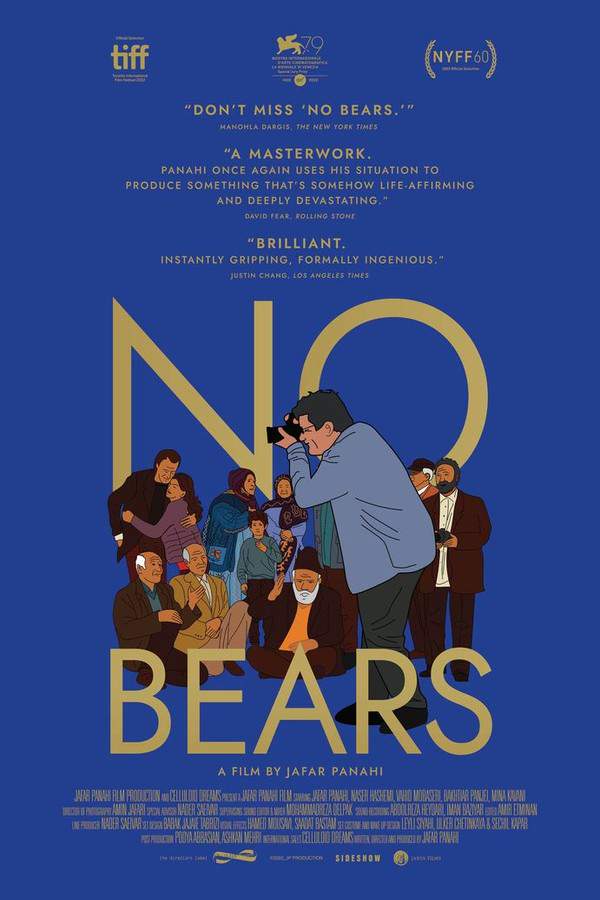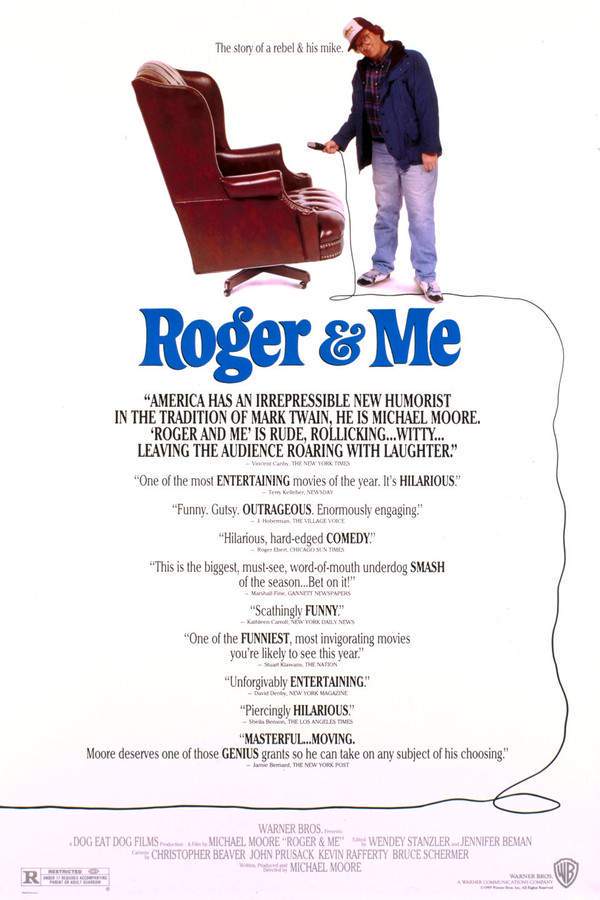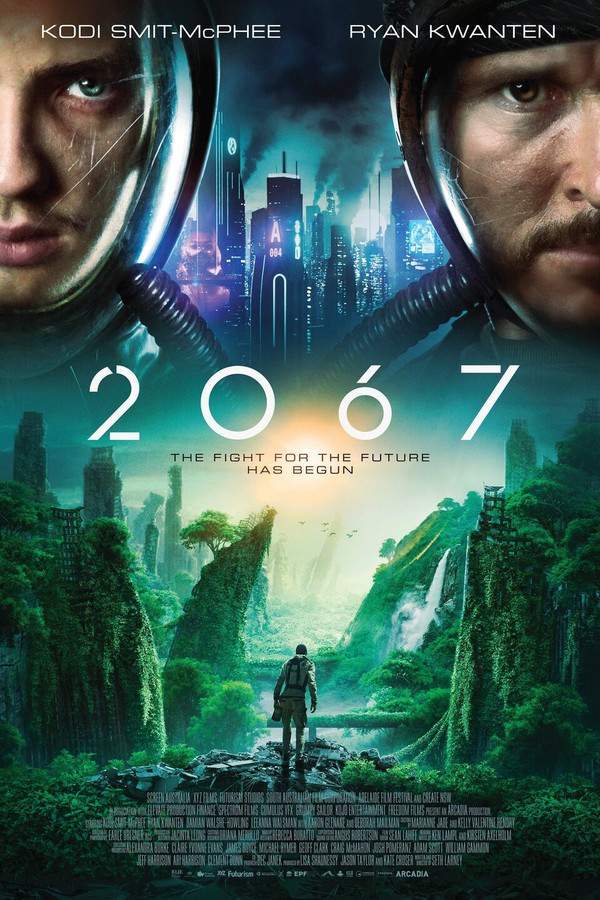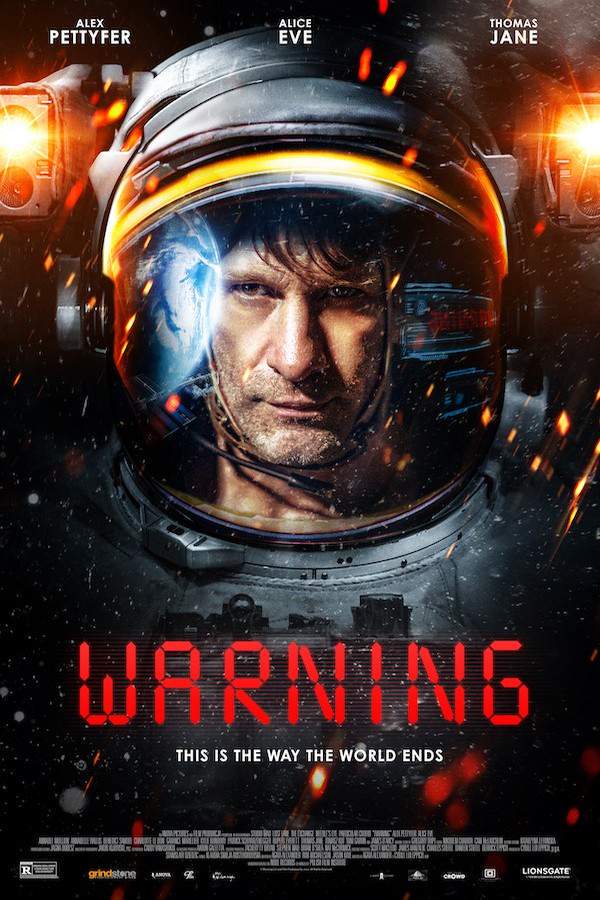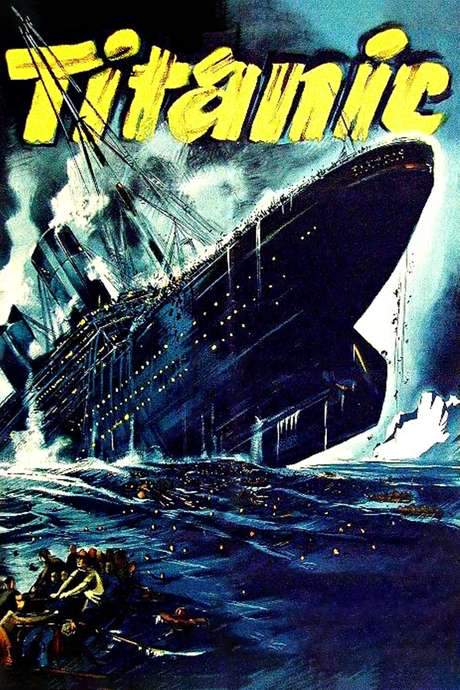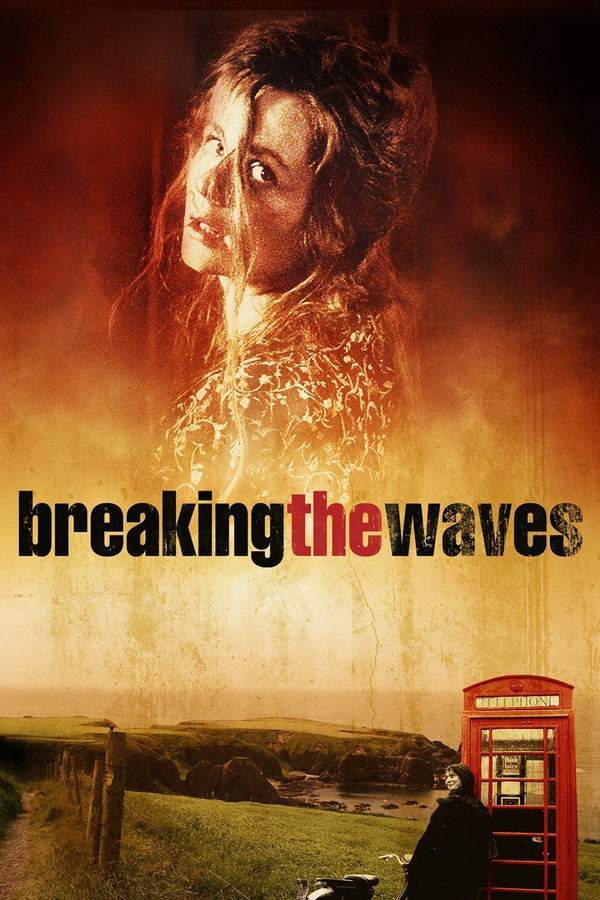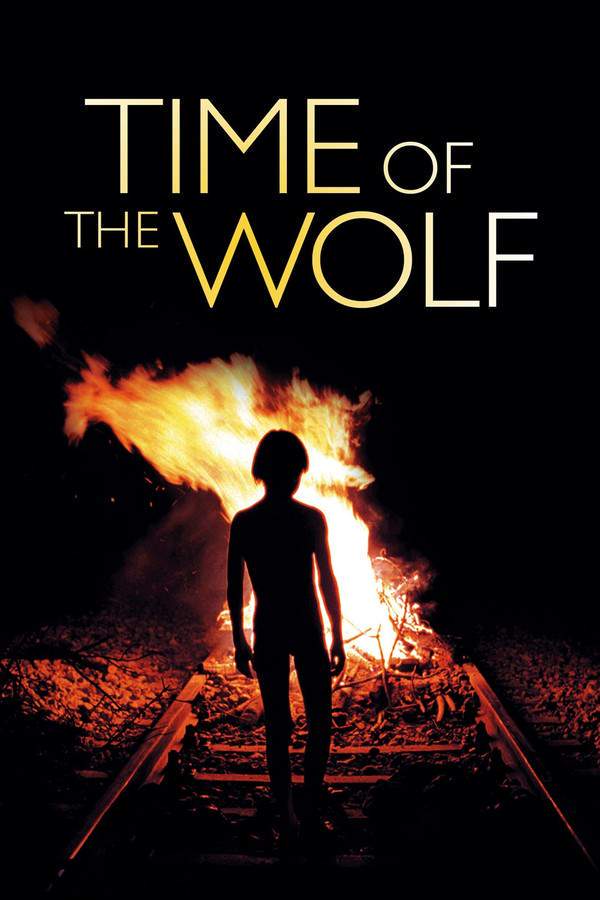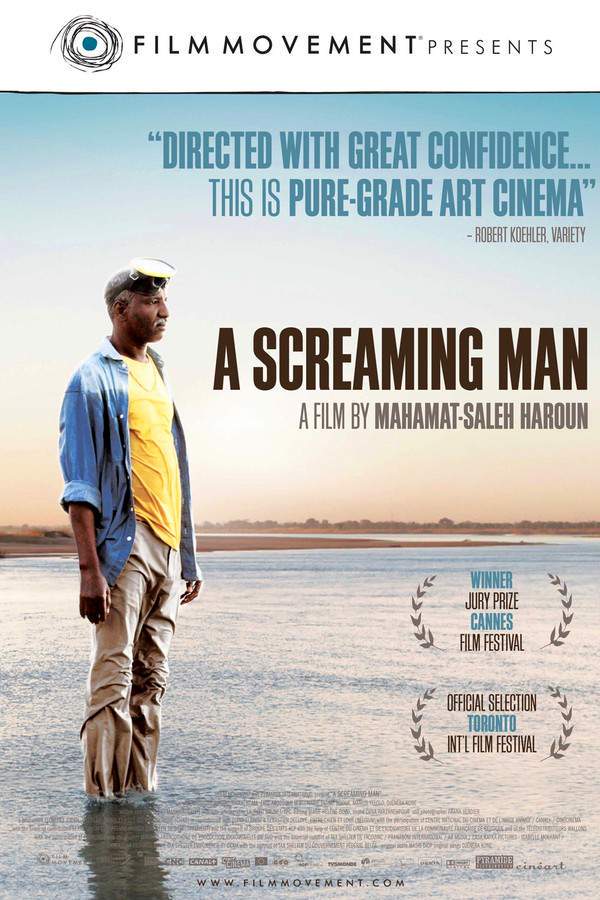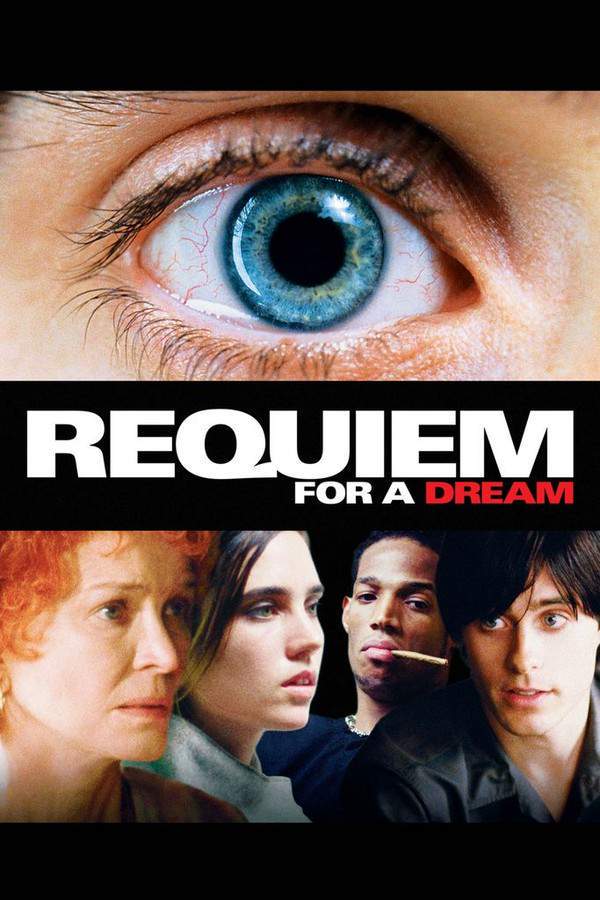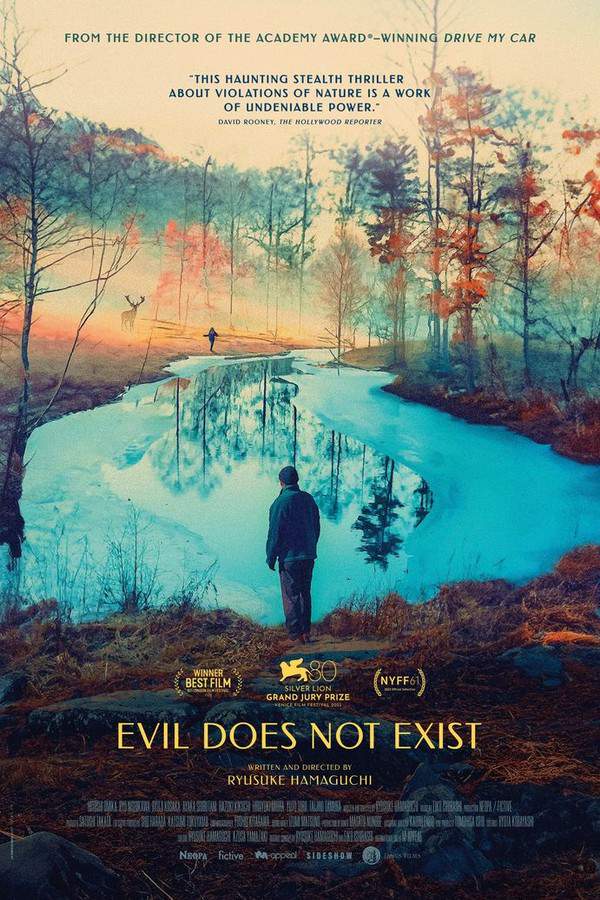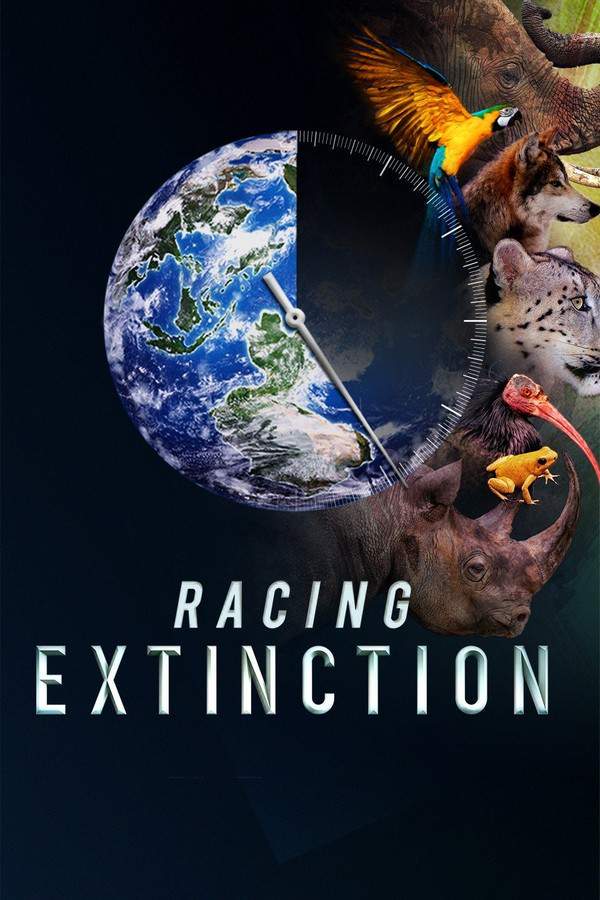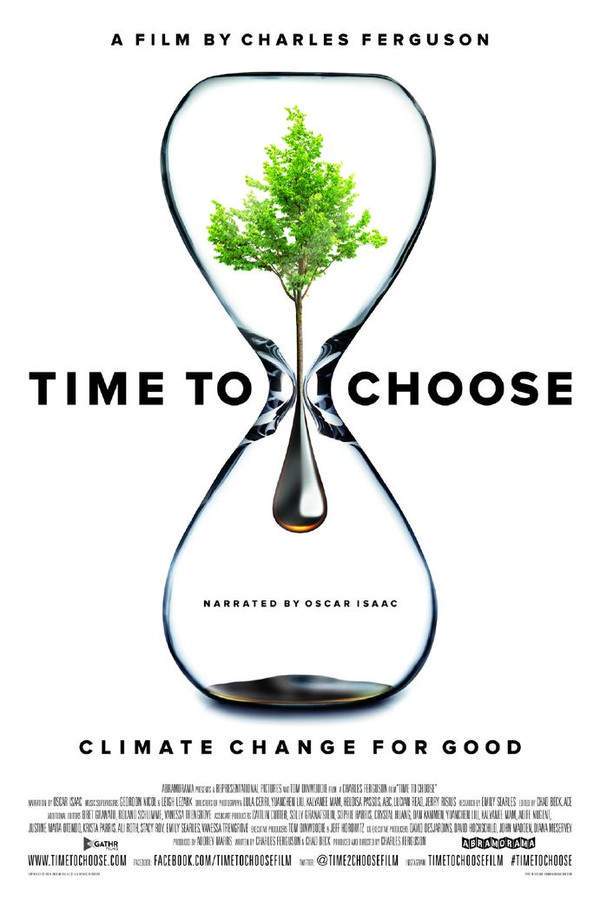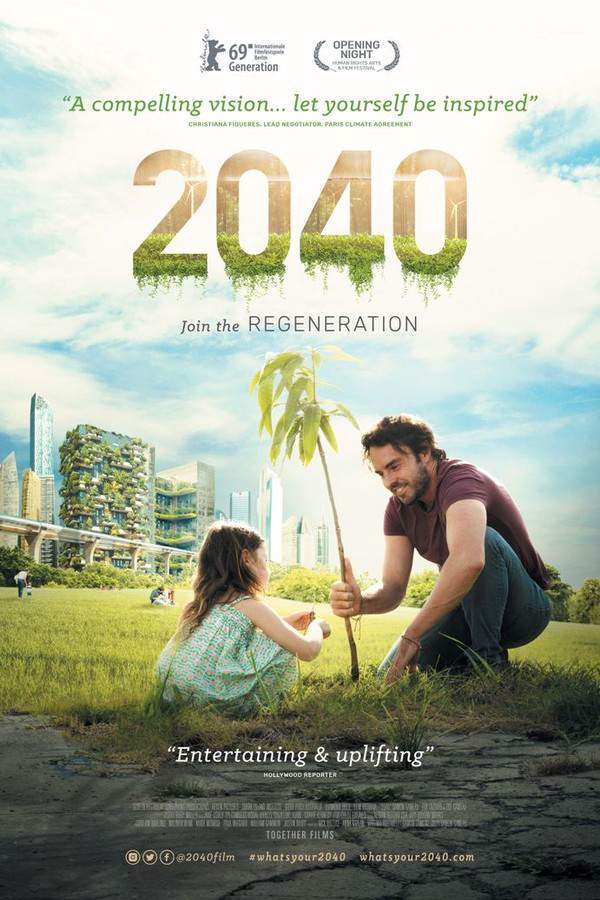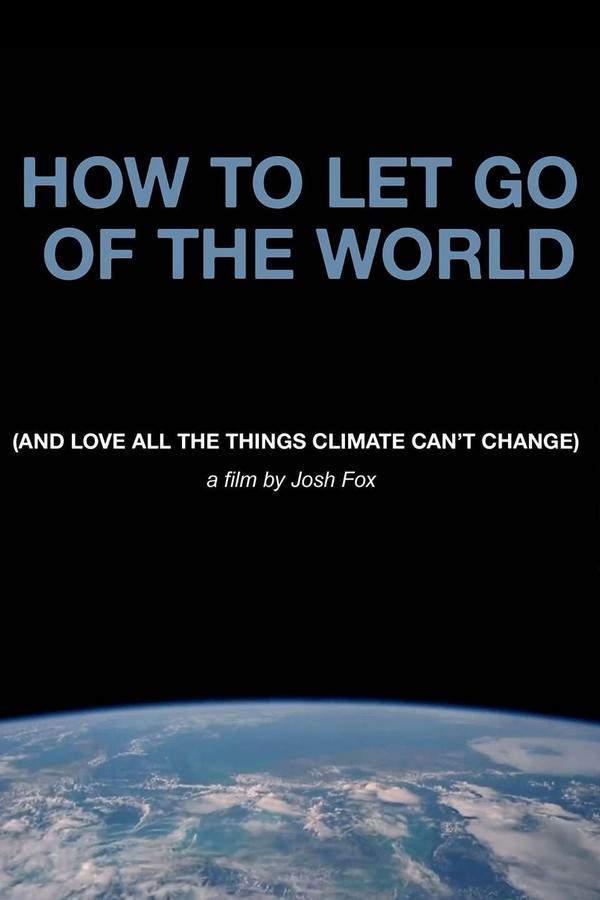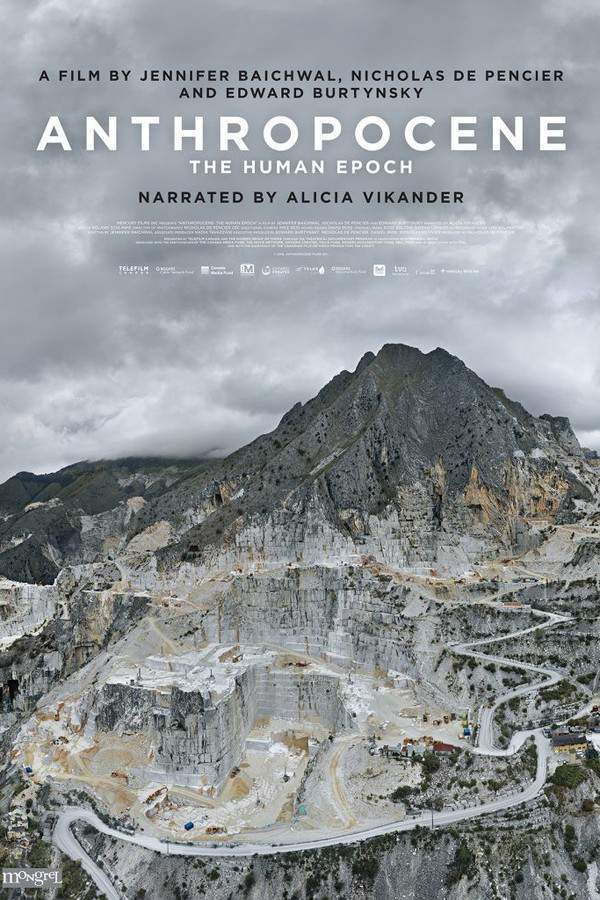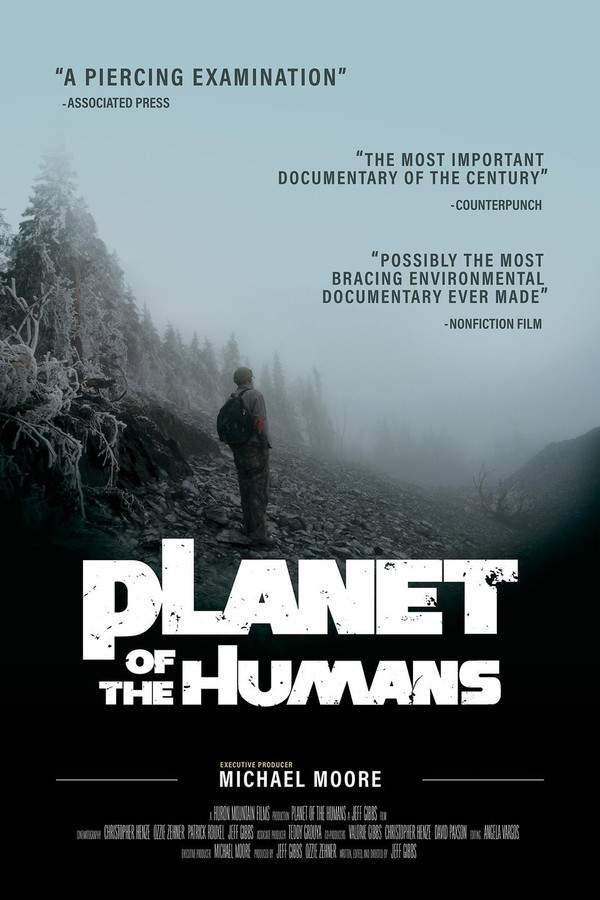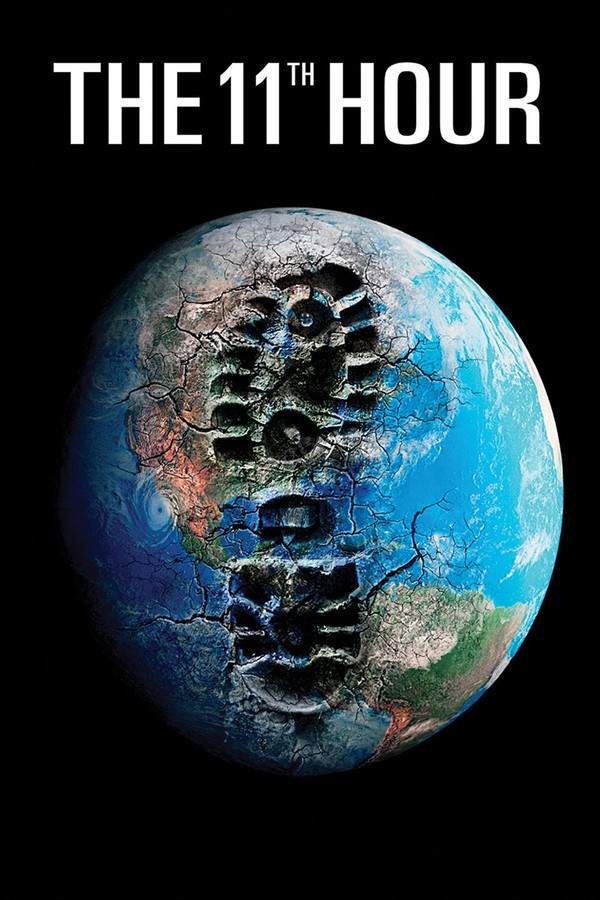
The 11th Hour
Year: 2007
Runtime: 95 min
Language: English
Directors: Leila Conners, Leila Conners Petersen, Nadia Conners
Exploring the critical challenges facing our planet, this documentary examines the potential for humanity to change course. Featuring interviews with prominent figures like Mikhail Gorbachev, Stephen Hawking, and a wide range of scientists and thinkers, it investigates the environmental consequences of human actions and considers the possibility of a positive transformation before time runs out.
Warning: spoilers below!
Haven’t seen The 11th Hour yet? This summary contains major spoilers. Bookmark the page, watch the movie, and come back for the full breakdown. If you're ready, scroll on and relive the story!
Timeline – The 11th Hour (2007)
Trace every key event in The 11th Hour (2007) with our detailed, chronological timeline. Perfect for unpacking nonlinear stories, spotting hidden connections, and understanding how each scene builds toward the film’s climax. Whether you're revisiting or decoding for the first time, this timeline gives you the full picture.
Last Updated: December 31, 2024 at 18:09
Explore Movie Threads
Discover curated groups of movies connected by mood, themes, and story style. Browse collections built around emotion, atmosphere, and narrative focus to easily find films that match what you feel like watching right now.
Urgent warning documentaries like The 11th Hour
Documentaries and films that sound a critical alarm about an impending crisis.If you were moved by the critical message of The 11th Hour, explore other movies like it. This list features powerful documentaries and dramatic films that deliver sobering prophecies about global crises, from climate change to societal collapse, encouraging viewers to reflect on their own role in the future.
Narrative Summary
The narrative follows a clear, expository structure: establishing a critical problem, presenting evidence and expert analysis of its causes and consequences, and concluding with a call to action or a stark look at the potential future if no action is taken. The journey is more intellectual than character-driven, focused on the argument itself.
Why These Movies?
These films are grouped together because they share a primary goal of raising awareness about a pressing existential threat. The mood is consistently serious, urgent, and guilt-laden, with a steady, informational pacing and a heavy emotional weight derived from the stakes of the subject matter.
Movies about moral responsibility like The 11th Hour
Stories that confront characters and audiences with difficult ethical burdens.For viewers who appreciated the ethical depth of The 11th Hour, this collection features other films that grapple with themes of moral responsibility and consequence. Discover similar stories that explore the impact of our choices, from intimate dramas about guilt to large-scale narratives about societal duty.
Narrative Summary
The central conflict is often an ethical one, pitting short-term convenience against long-term responsibility or collective well-being. Characters—or the audience itself—are confronted with the consequences of past actions and must grapple with the possibility of redemption or the inevitability of a bleak outcome. The journey is one of reckoning.
Why These Movies?
These films are connected by their focus on moral and ethical dilemmas as the core of the narrative. They share a heavy emotional weight, a serious or bleak tone, and often a steady pacing that allows the gravity of the situation to sink in. The mood is consistently sobering and anxious.
Unlock the Full Story of The 11th Hour
Don't stop at just watching — explore The 11th Hour in full detail. From the complete plot summary and scene-by-scene timeline to character breakdowns, thematic analysis, and a deep dive into the ending — every page helps you truly understand what The 11th Hour is all about. Plus, discover what's next after the movie.
The 11th Hour Summary
Read a complete plot summary of The 11th Hour, including all key story points, character arcs, and turning points. This in-depth recap is ideal for understanding the narrative structure or reviewing what happened in the movie.

Characters, Settings & Themes in The 11th Hour
Discover the characters, locations, and core themes that shape The 11th Hour. Get insights into symbolic elements, setting significance, and deeper narrative meaning — ideal for thematic analysis and movie breakdowns.

The 11th Hour Spoiler-Free Summary
Get a quick, spoiler-free overview of The 11th Hour that covers the main plot points and key details without revealing any major twists or spoilers. Perfect for those who want to know what to expect before diving in.

More About The 11th Hour
Visit What's After the Movie to explore more about The 11th Hour: box office results, cast and crew info, production details, post-credit scenes, and external links — all in one place for movie fans and researchers.

Similar Movies to The 11th Hour
Discover movies like The 11th Hour that share similar genres, themes, and storytelling elements. Whether you’re drawn to the atmosphere, character arcs, or plot structure, these curated recommendations will help you explore more films you’ll love.
Explore More About Movie The 11th Hour
The 11th Hour (2007) Plot Summary & Movie Recap
The 11th Hour (2007) Scene-by-Scene Movie Timeline
The 11th Hour (2007) Spoiler-Free Summary & Key Flow
Movies Like The 11th Hour – Similar Titles You’ll Enjoy
Racing Extinction (2015) Spoiler-Packed Plot Recap
Time to Choose (2016) Ending Explained & Film Insights
An Inconvenient Sequel: Truth to Power (2017) Full Summary & Key Details
2040 (2020) Movie Recap & Themes
An Inconvenient Truth (2006) Detailed Story Recap
How to Let Go of the World and Love All the Things Climate Can't Change (2016) Full Summary & Key Details
Anthropocene: The Human Epoch (2019) Full Movie Breakdown
Planet of the Humans (2020) Spoiler-Packed Plot Recap
Ice on Fire (2019) Ending Explained & Film Insights
Planet of the Humans (2019) Detailed Story Recap
The Possibility of Hope (2007) Plot Summary & Ending Explained
Earth Emergency (2021) Spoiler-Packed Plot Recap
Breaking Boundaries: The Science of Our Planet (2021) Complete Plot Breakdown
The Age of Stupid (2009) Film Overview & Timeline
The Endangered Generation? (2022) Plot Summary & Ending Explained


